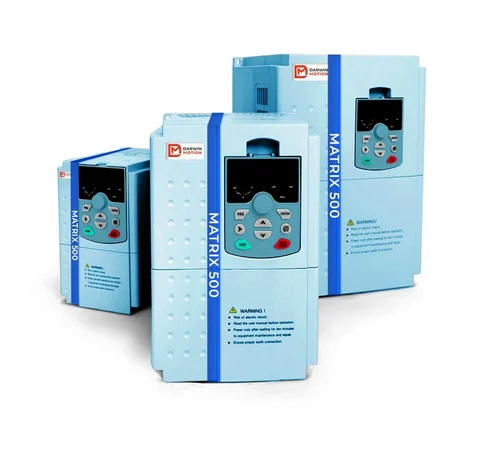Posted on 10th Dec 2024

A Variable Frequency Drive (VFD) is a versatile device that controls the speed and torque of electric motors by varying the input voltage and frequency. When used with blowers, VFDs significantly improve operational efficiency, reduce energy consumption, and provide precise control over air handling systems. Here's an in-depth look at how VFDs benefit blowers and why they are an essential component in modern industrial and HVAC systems.
Blowers are used in a variety of industries for tasks such as ventilation, air circulation, cooling, drying, and dust collection. They are essential in sectors like manufacturing, agriculture, pharmaceuticals, and HVAC systems. However, conventional blower systems often operate at a fixed speed, leading to inefficiencies, especially when the air volume requirements vary throughout the day.
Energy Waste: Fixed-speed blowers often run at full capacity even when demand is low, consuming excessive energy.
Wear and Tear: Continuous operation at maximum speed leads to faster wear on motor components.
Limited Control: Fixed-speed systems lack the flexibility to adjust airflow dynamically, which can lead to suboptimal performance.
A VFD controls the blower's motor speed by adjusting the frequency and voltage of the power supplied. This allows for precise regulation of the blower's output, ensuring that it meets the exact requirements of the system.
VFDs reduce energy consumption by matching motor speed to system demand.
A small reduction in motor speed can lead to substantial energy savings due to the affinity laws, where power consumption decreases cubically with speed reduction.
Precise airflow control ensures optimal environmental conditions in applications like HVAC systems.
Eliminates the need for mechanical dampers or throttling, reducing energy losses.
Soft starting provided by VFDs minimizes mechanical stress on the motor.
Reduces wear and tear, resulting in lower maintenance costs.
Operating blowers at lower speeds often decreases noise, enhancing workplace comfort.
Significant reduction in energy bills and maintenance expenses over time.
VFDs can qualify for energy rebates or incentives in many regions.
PID Control: Proportional-Integral-Derivative (PID) controllers in VFDs help maintain constant airflow or pressure by dynamically adjusting motor speed.
Overload Protection: Protects motors from overheating and ensures reliable operation.
Remote Monitoring and Control: Many VFDs come with integrated communication protocols for remote access and diagnostics.
HVAC Systems: Optimize air circulation and reduce energy costs in commercial and residential buildings.
Industrial Ventilation: Maintain desired airflow in manufacturing processes.
Dust Collection Systems: Provide adjustable suction based on process requirements.
Agricultural Applications: Control ventilation in livestock housing or grain storage facilities.
Motor Compatibility: Ensure the VFD matches the motor specifications in terms of voltage, current, and horsepower.
Environmental Factors: Select VFDs with appropriate enclosures for conditions like dust, humidity, or extreme temperatures.
Control Requirements: Consider features like PID control, communication protocols, and ease of integration into existing systems.
VFD for blowers is a smart investment for any industry seeking to enhance efficiency, save energy, and improve system control. The initial cost of a VFD is quickly offset by the long-term savings and operational benefits it provides. Whether in industrial, commercial, or residential applications, a VFD ensures that blowers operate optimally, supporting sustainability and productivity goals.
By adopting VFD technology, industries can achieve not only operational excellence but also a significant reduction in their environmental footprint.